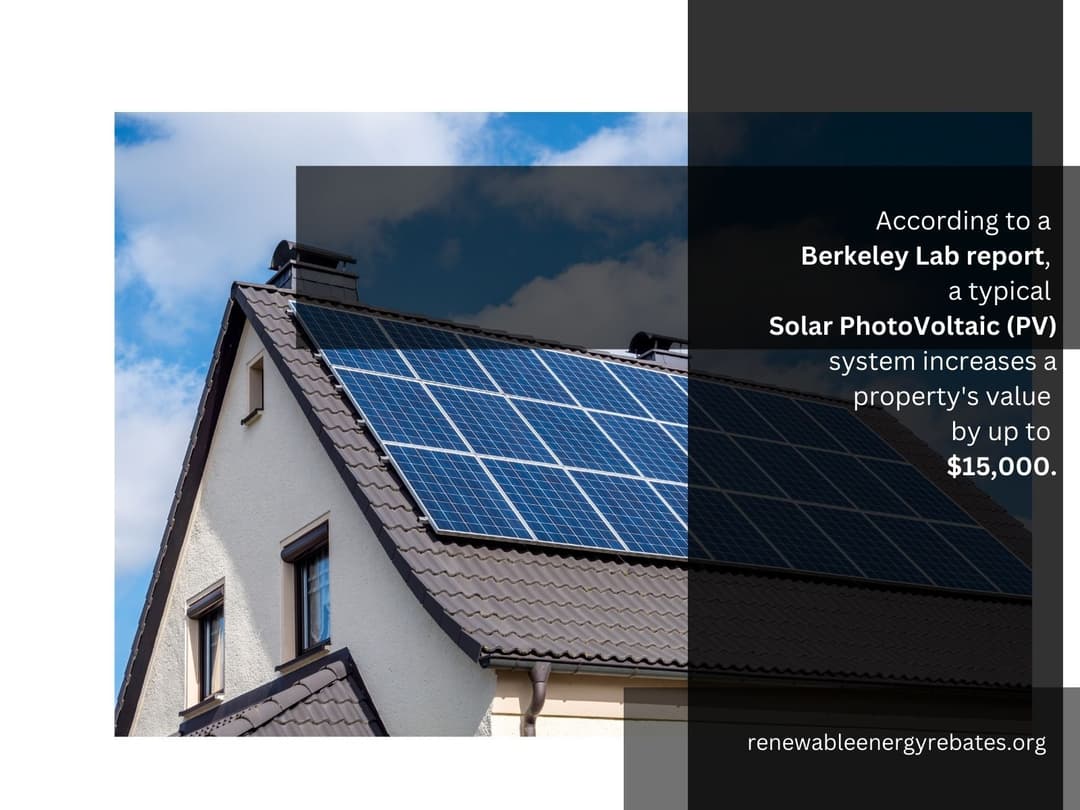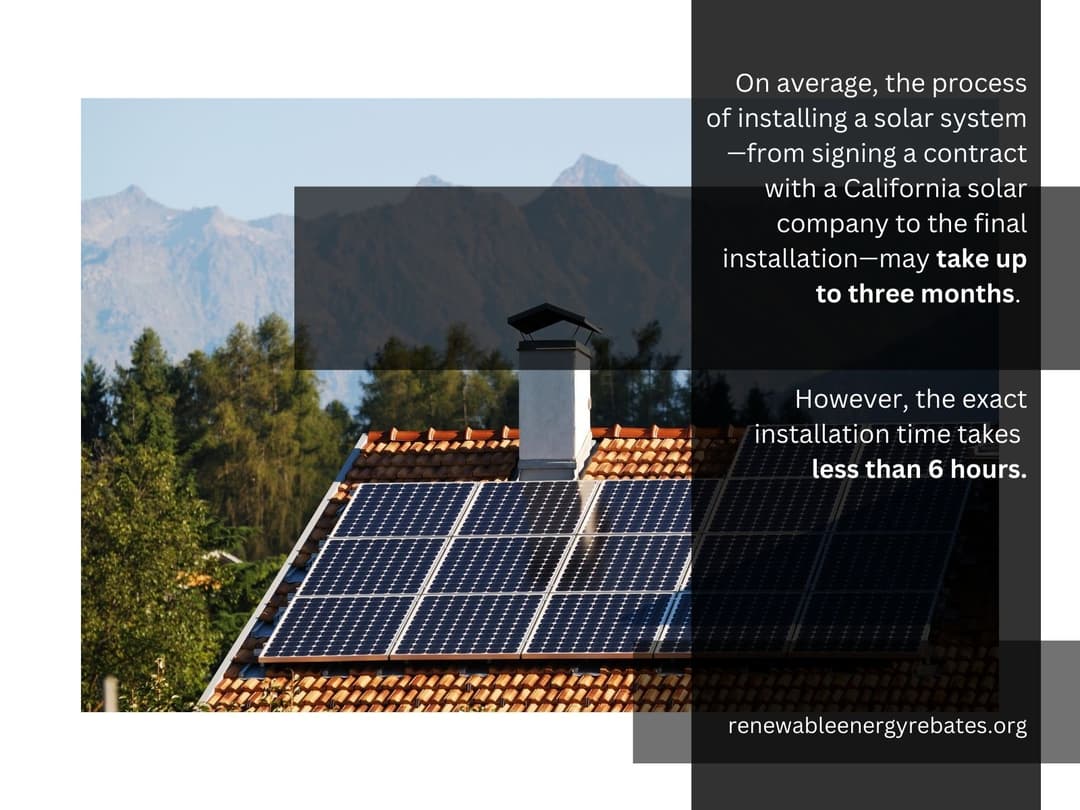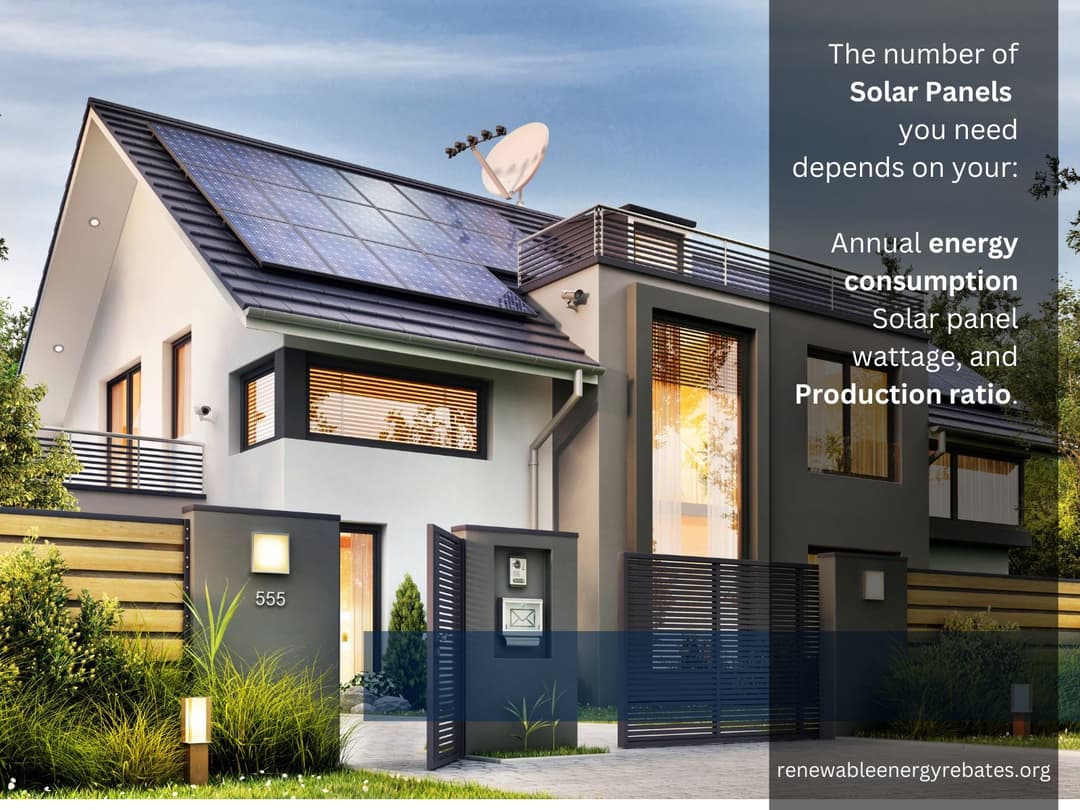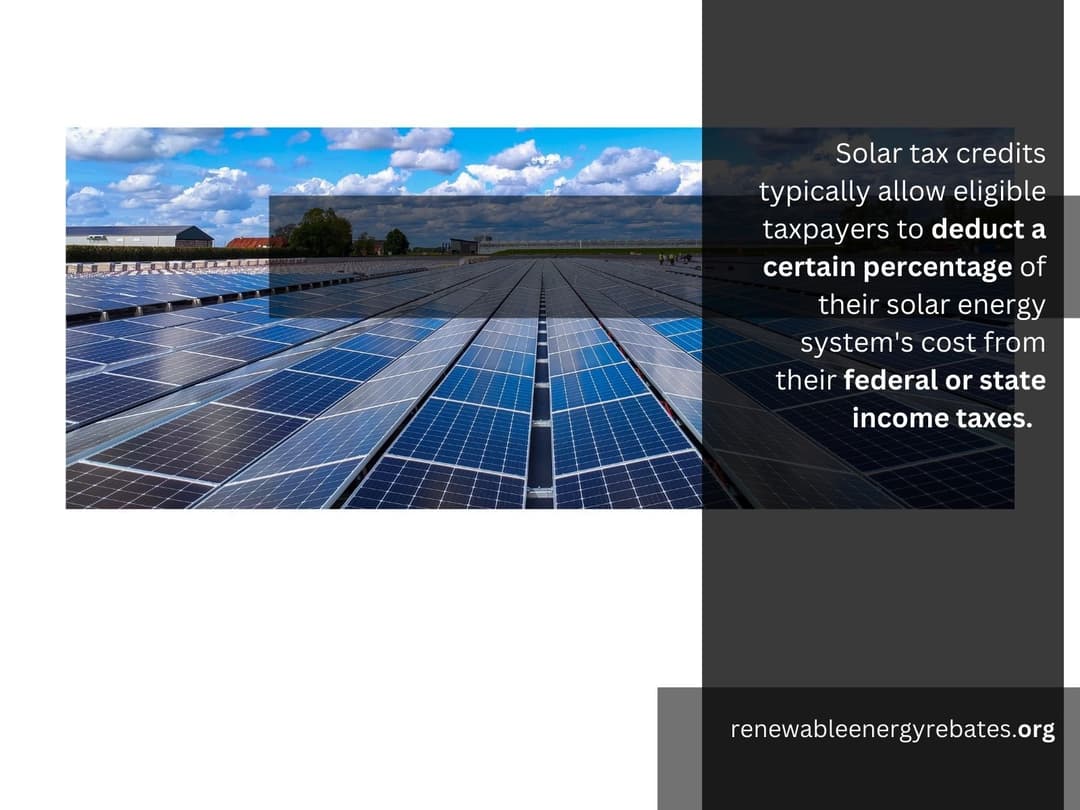Cost of Solar Panels in California
Making the Right Investment: A Comprehensive Comparison of Solar Panel Prices Across California
Key Details
- As of 2023, California's average solar panel cost is $2.97 per watt
- Average installation cost ranging from $12,622 to $17,078 for a 5-kilowatt system.
- Number of solar panels required is based on factors such as electricity consumption per year, wattage of the solar panels chosen, and the production ratio of the system.
How Much Do Solar Panels Cost in California?
As of 2023, solar panels cost an average of $2.97 per watt in California. An average solar energy installation in California costs between $12,622 and $17,078 for a 5-kilowatt solar panel system, with the average total price for solar in California being $14,850.
Note: Although cost needs to be taken into account when deciding how many solar panels to purchase, but it is not the only concern.
According to the Center for Sustainable Energy, the national average cost of solar panels for a 5 kilowatt (kW) system is between $15,000 and $20,000, higher than California's average solar energy installation cost, which ranges between $12,622 and $17,010.
Similarly, the retail cost of solar energy in California is $2.97 per kilowatt-hour.

Average Solar Panel Cost in California
| Size | Solar Panel Installation Cost | System Installation Cost After Solar Credit | Home Size |
| 3 kW | $8,910 | $6,237 | < 1,00 sq ft |
| 5 kW | $14,850 | $10,395 | <1,000 sq ft |
| 8 kW | $23,760 | $16,632 | 1,100 sq ft |
| 9 kW | $26,730 | $18,710 | 1,300 sq. ft. |
| 11 kW | $32,670 | $22,869 | 1,700 sq ft |
| 13 kW | $38,610 | $27,027 | 2,100 sq ft |
| 14 kW | $41,580 | $29,106 | 2,300 sq ft |
| 15 kW | $44,550 | $31,185 | > 2,400 sq ft |
After taking into account the 30% federal solar tax credit, the average cost of installing a 10 kW system is $20,650. This depends greatly on where you live, how much it costs to install, and what benefits are available.
Solar Panel Installation
Residential Solar Panel Installation in California: What You Need to Know
How Many Solar Panels Do I Need in California?
According to solar industry experts, the typical US home requires between 17 and 21 solar panels to power its energy needs at 100% capacity. However, the exact amount of solar panels you need will be based on a number of factors.
Knowing your annual electricity use, the wattage of the solar panels you're contemplating, and the expected production ratio of your solar system will help you figure out how many solar panels you'll need.
As a rule: The number of solar panels required can be determined by dividing the whole system size by the production ratio and then dividing that result by the total panel wattage.
Other variables that go into determining how many panels you'll need to install include:
- Your geographical location
- The efficiency of your panels,
- The rated power of your panels, and
- Your energy usage patterns.

How to Determine the Number of Solar Panels You Need
There are various factors to think about when deciding how many solar panels you need. They include the following:
- Estimated yearly electrical consumption
- How many watts do the solar panels that interest you produce?
- The proportion of solar energy your system is expected to produce
Using a solar calculator from a legitimate solar supplier is the simplest way to estimate how many panels you'll need. Solar calculators use a formula that takes into account the following variables:
Electricity Consumption Per Year
Measure your annual electricity usage. This quantity, expressed in kilowatt-hours (kWh), is affected by the frequency with which you utilize electrical items around the house.
Electricity is used for a wide variety of products, including refrigerators, air conditioners, minor kitchen appliances, lights, chargers, and more.
Note: The average American home uses 10,632 kWh of electricity per year (or 886 kWh per month).
Check your power bills from the previous year to have an idea of your energy consumption. When you have that figure, you can use it in the subsequent calculations.
Solar Panel Wattage
Panel wattage, sometimes called power rating, is the amount of energy produced by a solar panel under ideal conditions. Most solar panels have a wattage output of between 300 and 400+, with W standing for "watts."
The most commonly cited capacity range, according to solar experts, is between 390 and 400 watts. Therefore, the calculations below will be based on 400 watts panels.
Production Ratios
The expected energy output over time (in kWh) of a solar panel system divided by the actual system size (in W) is the production ratio of that system. You can expect a different production ratio from your system depending on the sunlight it receives each day (primarily determined by your location).
A production ratio of 1.4 (14 kWh produced per year by a 10 kW system, divided by 10 kW) is totally practical and may be observed in real life.
Production ratios typically fall within the range of 1.3 to 1.6 in the United States. These two figures are used as upper and lower bounds, respectively.
Taking into account the energy use, solar panel wattage, and production ratios, the number of panels can be calculated using the equation:
Number of panels = system size/production ratio/panel wattage
Plugging in the numbers above gives:
- Number of panels = 10,632 kWh / 1.3 or 1.6 / 400 W
Depending on the production ratio, this gives us between 17 and 21 panels in a solar array (17 for a 1.6 ratio and 21 for a 1.3 ratio). So, a setup with 17 panels of 400 W each adds up to about 6.8 kW.

Factors That Affect the Number of Solar Panels Required
Some of thel factors to take into account while constructing a solar panel system include:
Home Design
Your solar panel system's size is determined by your home's floor plan and roof arrangement. For instance, chimneys or unusual roof designs could limit the number of panels you can install.
Hours of Sunlight
Your home's exposure to sunlight will directly affect how much energy you obtain from your solar panels. Your property will need more panels if it is located in a region with little sunlight.
Efficiency of Solar Panels
Efficiency is a metric solar companies use to gauge a solar panel's capacity to produce usable electricity from sunshine. To make it easier for you to compare the performance of various solar panels, efficiency ratings are shown in percentages.
For instance, a solar panel that is 25% efficient will produce 25% of the solar energy it absorbs into useful electricity. The solar cell makeup, the location on the roof, and the design influence the effectiveness of a solar panel.
The long-term cost savings from choosing more energy-efficient solar panels come from the increased energy savings and return on investment (ROI) over time.
Solar Panel Size:
Solar panel size is important if your home is small or has a strangely shaped roof. For the best energy output, homeowners with large roofs may opt to forego efficiency and purchase larger panels.
For those who have smaller roofs, it takes fewer high-efficiency panels, such as those made by Tesla, Enphase or SunPower, to generate enough energy to run their homes.
How Many Solar Panels are Needed to Power an Average House?
Considering that the typical American home is around 2500 square feet, its annual energy use should be about 11000 kWh or about 30 kWh per day.
Note: Home sizes and solar panel production generally differ from one state to the next based on the amount of sunlight available.
You can calculate the theoretical solar power output by multiplying the daily kWh by the irradiance in daily peak-sun hours:
For instance, using the average peak solar hours for the California region, which is 5.322 kWh/m2/day.
The estimated solar power will equal 30000 watt-hours divided by 5.3 peak sun hours = 5660 watts.
The number of solar panels required for the typical US home, using 300-watt solar panels, would be:
5660 watts divided by 300 watts = 18.86 solar panels
However, there are losses in all solar PV systems of roughly 23%. This can be considered by multiplying the necessary solar power by 1.4:
Adjusted solar output = 5660 x 1.4 = 7924 watts
Using 300-watt solar panels, the required number of solar panels would equate to:
924 watts / 300 watts = 26 solar panels
How Many Solar panels do I need for a 3-bedroom house?
With an average US irradiance of 5.3 peak sun hours per day, the average-sized home requires 7924 solar watts. This amounts to 3.17 watts per square foot.
Based on estimates from solar experts, the average size of a US home with 3 bedrooms and 2 bathrooms is 1,300 square feet.
Therefore, the cost of solar panels for a 3-bedroom house is:
1300 square foot x 3.17 = 4121 solar watts
The calculation for the necessary number of 300 watt solar panels is as follows:
4121 watts / 300 watts = 14 solar panels
Solar Panels in California: Frequently Asked Questions
How Many Solar Panels do I need for a 4-bedroom house?
Most homes in the US with 4 bedrooms and 2 bathrooms span 1700 square feet on average. Given an estimated irradiance of 5.3 peak sun hours daily, a four bedroom house will require approximately 3.17 watts per square foot of solar output.
Solar estimate for a four-bedroom house:
1700 square foot x 3.17 = 5389 solar output in watts
If 300-watt solar panels are utilized, the number of panels required can be calculated as follows:
5389 watts / 300 watts = 18 solar panels
Can you Run a House Solely on Solar Panels in California?
Yes, solar panels can power the whole house, in a nutshell. However, there are some fundamental assessments that must be completed to ensure that everyone in the home is safe and secure.
The amount of sunshine available each day, the local temperature, and the frequency with which household appliances are used all influence the size of the solar panel array needed to power a whole home.
In order to power your home around the clock, solar panels will need batteries for use on cloudy days and throughout the winter.
Do I Need to Run My Solar Panels With Batteries?
While it's true that solar panels can power a home without batteries, owning one will give you peace of mind. Solar panel homeowners can benefit from battery banks by storing excess energy produced during the day for use later when evening electricity demand is higher.
How Can You Determine if Solar Panels Can Provide Enough Energy for Your Home?
When deciding if solar panels can provide enough energy to run a home's essential functions, there are a few considerations solar panel owners should keep in mind.
One is the solar panel's output capacity (expressed in kilowatts (kW)).
When there is no sunlight, the solar array should be large enough to power all of the home's appliances and systems.
On a bright day, the typical U.S. home uses 30 kilowatt hours of electricity, but in very sunny places, that number might soar to 200 kilowatt hours.
Solar panels cannot generate electricity when there is no sunlight. Homeowners who wish to go off grid will need to have batteries to meet their needs when the sun isn't out.
While solar panels can provide electricity for all of your home's appliances, it's important for homeowners to take into account the size and usage patterns of their individual appliances.
It's possible that solar panels won't generate enough power during the day to power your entire home if you have a large number of energy-consuming appliances.
Owners of solar panels should, therefore, invest in solar system monitoring software that can track their system's output in real time and advise them on when it is most efficient to use their appliances.
How to Use Solar Power to Run Your Whole House
Now that you've determined that solar panels can run your house, how do you go about making that happen?
The first thing to do is check your energy bills to find out how much power your home uses.
After figuring out how much energy you use on average each day, you'll need to figure out if your rooftop has enough space to accommodate solar panels to meet your electricity needs.
Solar panel owners who don't have enough room on their roofs may want to look into community solar programs. These programs enable people who rent or live in multi-unit buildings to use solar energy without installing their own solar panels.
Is it Better to Lease or Buy in California?
Leasing or purchasing solar panels allow homeowners to save money on their utilities while lessening their ecological footprint. If you're torn between leasing and buying, here are some benefits to consider:
Pros of Buying Solar Panels
Home or Property Sale: If you plan to sellyour home or property in the near future, investing in solar panels offers some benefits. Solar-powered homes typically sell for more money and in less time than conventional homes.
Tax Incentives and Credit: If you buy solar in California, you can save money on your investment through the government solar tax credit. Also, if you buy solar, you can save money on your federal tax bill thanks to the solar renewable energy credits (SRECs)..
Eligible for Rebates and Incentives: If you possess solar panels, you may be eligible for rebates and tax credits from government and private organizations. These can let you acquire solar panels at a much lower cost without sacrificing any control over the system.
Long-term Savings: Whether you buy solar panels altogether or in installments, your long-term savings will be significantly more significant than alternative methods of obtaining solar panels.
Net Metering: If you bought and installed a renewable solar system before June 30, 2022, you would be grandfathered into California's NEM 2.0 retail rate. On April 14, 2023, a new version of the state's net metering policy was enacted. However, the latest version, NEM 3.0, will continue to offer you a 25% rate on the electricity you sell back to your utility.
Pros of Leasing Solar Panels
Avoid Maintenance Costs and Efforts: Solar panels require little upkeep. But if you lease your solar system, you won't have to worry about any of that. The third-party owner in a lease arrangement is responsible for fixing the solar panels in the event of a malfunction.
No upfront Payment: Leasing a solar power system eliminates the need to make a significant initial investment because you effectively rent the equipment from the leasing business. There are zero up-front expenses. The only cost to you is the electricity tariff set by the leasing firm.
